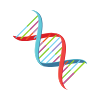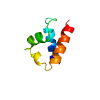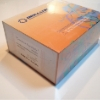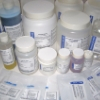Welcome to Biomatik - Quality Products & Services for Innovative Research!
Offered Products: 31,000+ ELISA Kits, 14,000+ Antibodies, 17,000+ Proteins, 230+ Biochemicals.
Offered Services: Gene Synthesis, Peptide Synthesis, Protein Expression & Purification, Antibody Production, and Antibody Sequencing Services.
Biomatik has been proudly serving the life sciences and drug discovery community since 2002. From commonly used bioreagents (biochemicals, enzymes, proteins and antibodies), ELISA kits to custom production services, including gene synthesis, peptide synthesis, protein expression, antibody production, and antibody sequencing services. To date, Biomatik has delivered 72,000+ custom made products to our researchers worldwide, in addition to our catalog products. You can count on the quality products and support from Biomatik for your research needs. Please view our Customer Testimonials, 5-Star Google Review, Select Publications and 4,000+ publications citing on our fine products and services at Google Scholar.
We are committed to making a positive impact on the life sciences research, drug discovery and the people we touch. Click here to view Biomatik's Social Contribution for Equality and Sustainability. Together, we go the distance to deliver and we invite you to join our list of satisfied customers worldwide!







